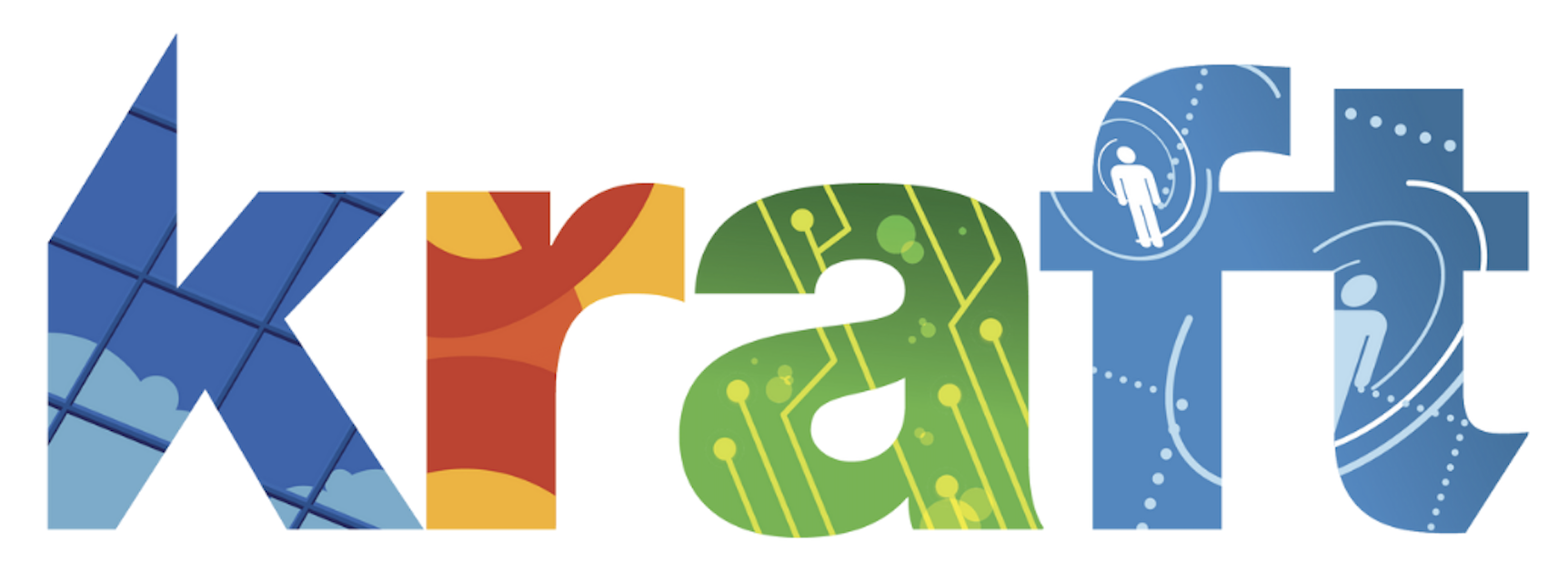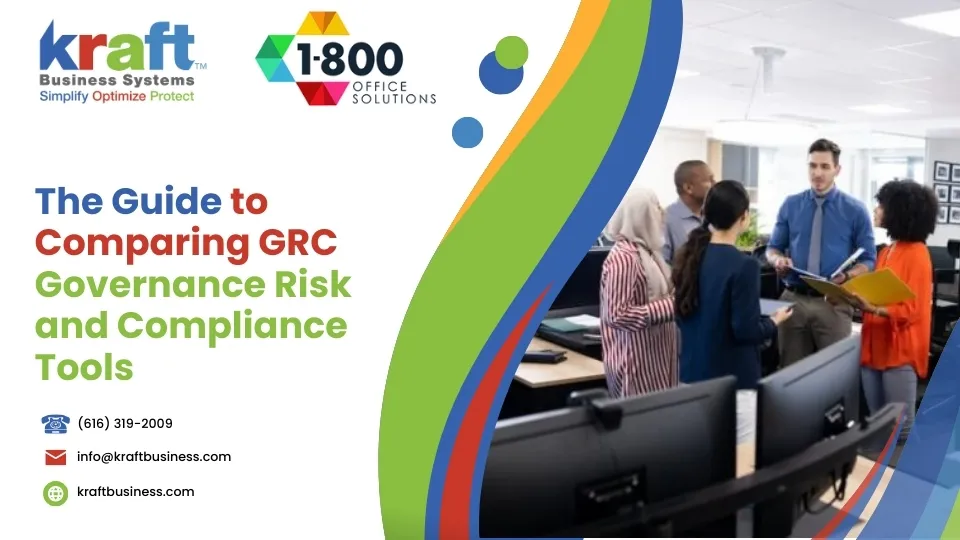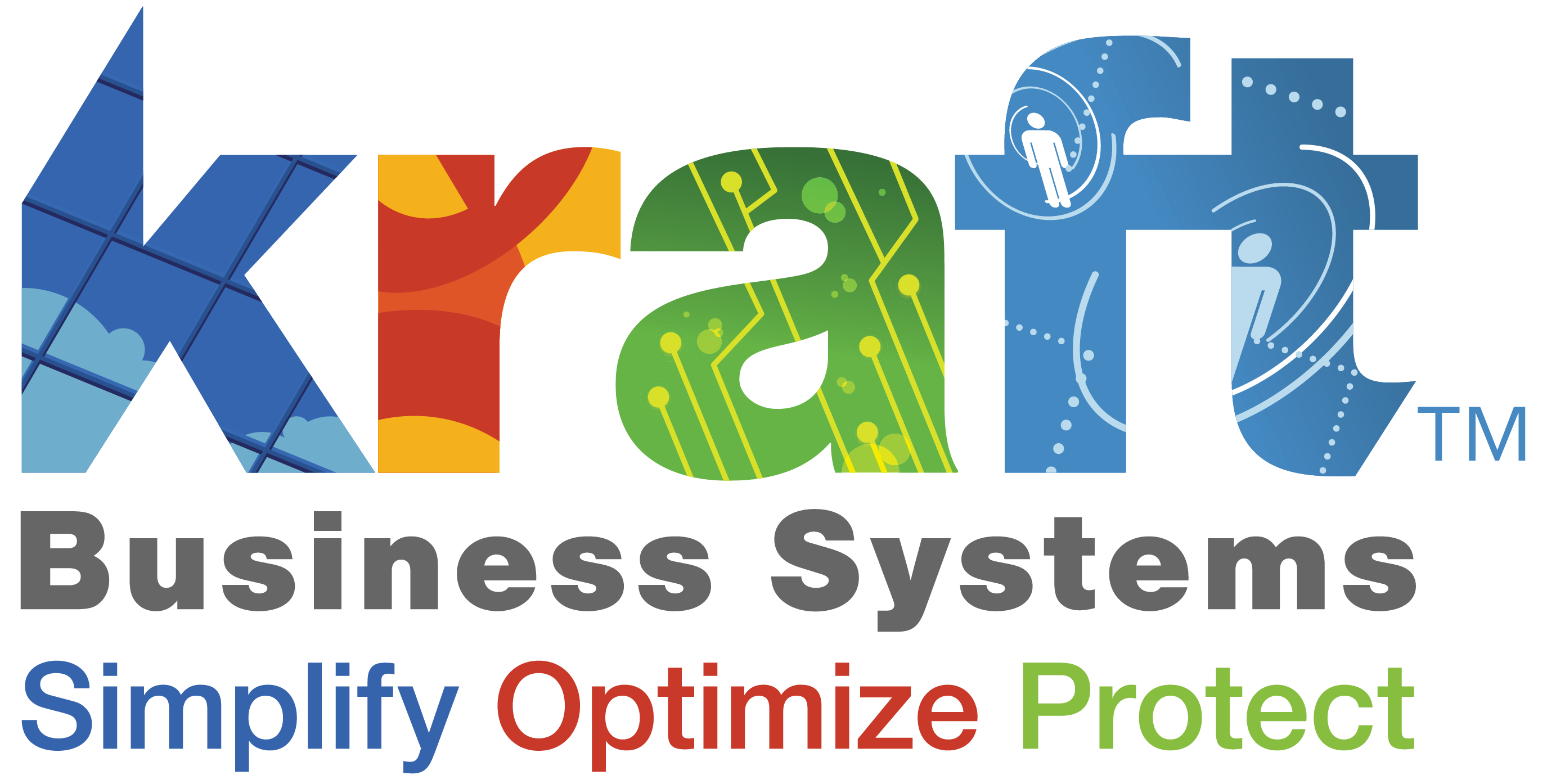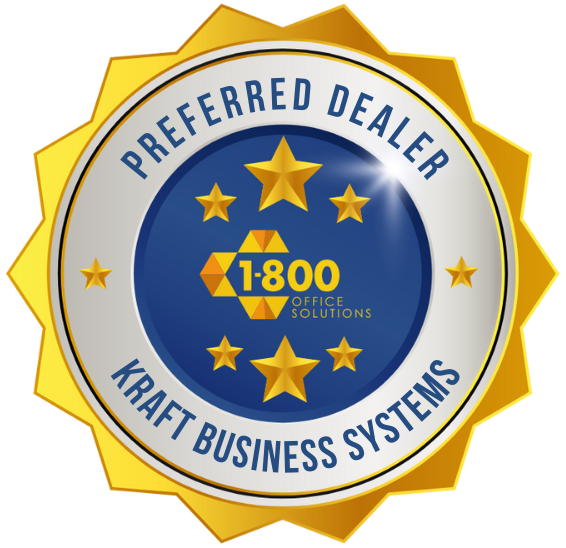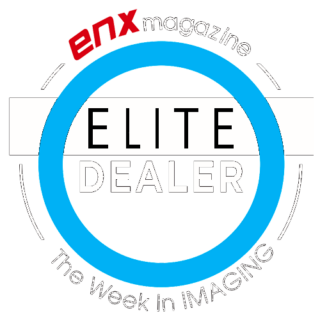GRC governance risk and compliance tools are essential for businesses aiming to steer today’s complex regulatory landscape. GRC stands for Governance, Risk, and Compliance, and these tools help organizations manage their strategies, address potential threats, and ensure adherence to laws and guidelines.
Here’s a quick overview of why they’re important:
- Improved Decision-Making: Governance structures aid in making informed strategic choices by setting rules and responsibilities.
- Risk Management: These tools help identify potential risks and implement measures to mitigate them, thus safeguarding the business.
- Regulatory Compliance: Compliance ensures that companies adhere to relevant rules, preventing legal troubles and costly fines.
Key Benefits of adopting GRC tools include improved transparency, streamlined processes, and improved organizational coherence. They provide a centralized platform to manage various functions, from compliance tracking to risk assessment, contributing to a more resilient and agile business framework.
Understanding GRC Governance Risk and Compliance Tools
GRC governance risk and compliance tools are crucial for companies aiming to stay compliant and secure in a world full of regulations and risks. Let’s break down the main elements: the GRC framework, risk management, and compliance.
GRC Framework
A GRC framework is like a blueprint for managing governance, risk, and compliance. It helps organizations align their policies with strategic goals. This framework involves setting up clear structures, processes, and roles. By doing so, companies can proactively address risks and ensure compliance, leading to better decision-making and business continuity.
For example, a company might use a GRC framework to create policies that guide decision-making, establish workflows that streamline operations, and monitor compliance with international regulations.
Risk Management
Risk management is at the heart of GRC tools. These tools help businesses identify, assess, and mitigate risks. They provide real-time monitoring and alerts to keep potential threats in check.
Risk management features in GRC tools allow companies to:
- Identify potential risks that could impact operations.
- Assess the likelihood and impact of these risks.
- Mitigate risks by implementing controls and monitoring their effectiveness.
A robust risk management strategy ensures that companies are prepared for uncertainties, protecting both data and reputation.
Compliance
Compliance is about following rules and regulations relevant to your industry. GRC tools help automate compliance tasks, reducing the burden on staff and minimizing the risk of human error.
These tools track regulatory changes, ensuring that your company adapts to new laws quickly. They also provide audit trails and reports, making it easier to demonstrate compliance during inspections.
By using GRC tools for compliance, businesses can avoid penalties and improve their credibility with stakeholders.
In summary, GRC governance risk and compliance tools offer a comprehensive approach to managing governance, risk, and compliance. They provide a structured framework to align business activities with strategic goals, ensure risk is managed proactively, and maintain compliance with evolving regulations.
Top GRC Governance Risk and Compliance Tools
When it comes to GRC governance risk and compliance tools, several stand out for their unique features and capabilities. Let’s explore some of the top tools reshaping the landscape of governance, risk management, and compliance.
MetricStream
MetricStream is a leader in the GRC space, known for its flexibility and customization. It integrates risk, compliance, audit, and cybersecurity functions, providing a unified defense against complex risks. Its ConnectedGRC platform excels at synchronizing operations across departments, enhancing overall governance effectiveness.
MetricStream’s prowess is recognized by industry analysts like Forrester. It was named a Leader in The Forrester Wave™: Governance, Risk, and Compliance Platforms, Q4 2023, receiving top scores in criteria such as GRC Vision and IT/Cyber Risk Management capabilities.
AuditBoard
AuditBoard offers a connected platform that integrates risk management and compliance requirements, making it a top choice for many industries. It streamlines tasks, improves performance, and improves decision-making by visualizing risks across ecosystems.
Key features include:
- Compliance audits: Centralized dashboards for metrics and risk analysis.
- Fraud risk management: Real-time data centralization and task prioritization.
- SOX compliance: Single source of truth for controls and issues.
AuditBoard’s user-friendly interface and comprehensive features make it a favorite among businesses looking to improve their compliance efforts.
LogicGate
LogicGate is notable for its predictive technology, empowering risk professionals to adapt to a continuously evolving market. It offers a suite of applications that improve efficiency and provide deep visibility into cybersecurity risks.
Top capabilities include:
- Shorter audit cycles: Pre-built audit management tools.
- Policy management: Automation of compliance and policy acknowledgment.
- Operational resilience: Centralized repository for disaster response planning.
LogicGate’s focus on operational resilience and cyber risk management ensures organizations can prepare for and recover from potential threats.
ServiceNow
ServiceNow stands out for its automation and real-time insights. It simplifies workflow management and facilitates seamless collaboration across teams, doubling as an effective project management tool.
While its reporting capabilities could benefit from improved data visualization, ServiceNow remains a formidable player in the GRC market, offering dynamic solutions for risk management.
Archer
RSA Archer is celebrated for its breadth of features and modular structure, making it ideal for organizations across various industries. It automates risk assessments, incident tracking, and audit management, providing users with real-time visibility into their risk profile.
Archer’s comprehensive suite includes:
- IT & security risk management
- Regulatory & corporate compliance
- Enterprise & operational risk management
Archer’s versatility and depth make it a top choice for businesses seeking to integrate risk management into their operational workflows.
In summary, these GRC governance risk and compliance tools offer diverse features and capabilities to address the unique needs of organizations. Whether it’s flexibility, automation, or comprehensive risk management, these tools provide the foundation for robust governance and compliance strategies.
Key Features to Look for in GRC Tools
When evaluating GRC governance risk and compliance tools, focus on features that align with your organization’s needs. Here are some critical features to consider:
Risk Assessment
Effective risk assessment capabilities are a must-have for any GRC tool. Look for tools that offer robust frameworks for identifying, evaluating, and mitigating risks. These tools should provide real-time monitoring and alerts to help you stay ahead of potential threats. For example, LogicGate’s predictive technology allows organizations to adapt to evolving risks, ensuring proactive risk management.
Compliance Automation
Automation is a game-changer in compliance management. Tools that automate compliance processes can significantly reduce manual effort and minimize errors. AuditBoard, for instance, centralizes compliance audits and automates follow-ups, streamlining the entire process. Automated GRC tools ensure continuous compliance by monitoring controls, identifying anomalies, and triggering necessary remediation actions.
User Management
A user-friendly interface with comprehensive user management features is crucial for widespread adoption. GRC tools should offer intuitive dashboards and easy navigation to simplify governance processes. They must also provide robust access controls to manage user permissions effectively. This is essential for maintaining data integrity and ensuring that sensitive information is only accessible to authorized personnel.
Security Information
Security information and event management (SIEM) capabilities are vital for identifying and responding to incidents in real time. GRC tools should integrate with existing IT infrastructure to collect and analyze data from various sources, providing a comprehensive view of your security landscape. This integration helps in maintaining robust security measures and supports effective incident management.
Incorporating these features into your GRC strategy not only improves risk management and compliance but also streamlines operations, leading to a more secure and efficient organization.
How to Implement GRC Tools Effectively
Implementing GRC governance risk and compliance tools can transform how your organization manages risks and compliance. However, to achieve this change, it’s crucial to focus on three key areas: change management, data integration, and stakeholder collaboration.
Change Management
Change management is vital when implementing GRC tools. New systems often disrupt existing workflows and processes. Therefore, a structured change management plan helps ease the transition. Start by communicating the benefits of GRC tools to your team. Highlight how these tools improve efficiency and reduce risks.
Training programs are essential. They ensure that everyone understands how to use the new tools effectively. Regular workshops and training sessions can help employees adapt to the changes, making the transition smoother and more successful.
Data Integration
Data integration is another critical component. GRC tools require access to various data sources within your organization. This means integrating data from different departments, such as finance, IT, and legal.
A unified data approach prevents data silos and ensures that your GRC tools have the information needed for accurate risk assessments and compliance monitoring. This integration can be challenging, especially if departments have been operating independently. However, the benefits of a centralized data system are immense, providing a holistic view of risks and compliance issues.
Stakeholder Collaboration
Finally, stakeholder collaboration is crucial for the successful implementation of GRC tools. GRC is not just an IT or compliance issue; it affects every part of the organization.
Engage stakeholders from various departments early in the process. Their input can provide valuable insights into the specific needs and challenges of their areas. This collaboration ensures that the chosen GRC tools align with the organization’s overall objectives and that every department feels invested in the success of the implementation.
In summary, successful GRC tool implementation hinges on effective change management, seamless data integration, and active stakeholder collaboration. By focusing on these areas, your organization can fully leverage the benefits of GRC tools, leading to improved risk management and compliance.
Leading into our next section, we’ll address some frequently asked questions about GRC governance risk and compliance tools to further clarify their role and benefits.
Frequently Asked Questions about GRC Governance Risk and Compliance Tools
What are GRC tools?
GRC tools are software solutions designed to help organizations manage governance, risk, and compliance activities. These tools provide a centralized platform to streamline processes such as risk assessments, compliance monitoring, and policy management. By automating these tasks, GRC tools help ensure that businesses meet regulatory requirements, manage risks effectively, and improve overall governance.
How do GRC tools work?
GRC tools work by integrating various functions related to governance, risk management, and compliance into a single platform. They offer features like risk assessment, compliance tracking, and audit management, allowing organizations to monitor their compliance status and risk exposure in real-time. By enabling cross-functional collaboration, these tools ensure that all departments are aligned in their approach to managing risks and meeting compliance standards.
For example, a GRC tool can automatically alert teams when a compliance deadline is approaching, ensuring timely action and reducing the risk of non-compliance. Additionally, these tools often include dashboards and reporting features that provide insights into the organization’s risk landscape, helping leaders make informed decisions.
What is the GRC (Governance Risk and Compliance) framework?
A GRC framework is a structured approach to integrating governance, risk management, and compliance activities within an organization. It involves setting policies and procedures that align with the organization’s goals and regulatory requirements. The framework helps identify potential risks, establish controls to mitigate them, and ensure compliance with various laws and regulations.
The GRC framework supports a proactive approach to risk management, allowing organizations to anticipate and address potential issues before they become significant problems. By fostering a culture of accountability and transparency, the GRC framework improves decision-making processes and contributes to the organization’s overall success.
Conclusion
At Kraft Business Systems, we understand the critical role that GRC governance risk and compliance tools play in safeguarding your business. Our approach is centered on developing a robust GRC strategy that not only addresses current challenges but also anticipates future needs. We believe that a comprehensive GRC strategy is essential for fostering resilience and ensuring long-term success.
Continuous improvement is at the heart of our GRC philosophy. We recognize that the regulatory landscape is ever-changing, and businesses need to adapt swiftly to stay compliant. By continuously evaluating and enhancing our GRC processes, we help organizations not just meet but exceed compliance standards. This proactive stance minimizes risks and maximizes operational efficiency.
Our team of dedicated experts at Kraft Business Systems is committed to providing custom solutions that align with your unique business objectives. We leverage our expertise to integrate GRC tools seamlessly into your existing infrastructure, ensuring minimal disruption and maximum value.
In conclusion, investing in a GRC strategy with Kraft Business Systems means investing in a future-proofed framework that supports your business’s growth and stability. Let us guide you through the complexities of governance, risk, and compliance, so you can focus on what you do best—growing your business and serving your customers with confidence.
For more information on how GRC tools can benefit your business, visit our website.
